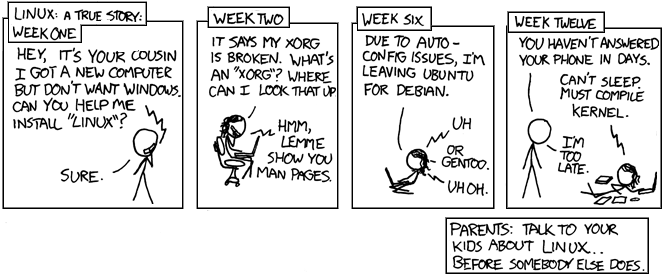A few years back, an internet hoax about secret microphones in PC that Big Brother could listen to every sound in the same room with flew around the web (Right-wing talk-radio wowser Neal Boortz reported it on-air as fact). More recently, there's been that school district that was actually using the webcams built into laptops it issued to students to check up on their use.
Get ready for the next stage - MPAA and RIAA (and, likely, porn producers) watching your living room 24/7 to make sure nobody gets their content who isn't allowed...
Microsoft patent spies on consumers to enforce DRM
Summary: Microsoft has been granted a patent that makes sure consumers are paying for content.
Charlie Osborne for Between the Lines /ZDNet wrote:A new patent application filed by Microsoft and granted by the U.S. Patent and Trademark Office details a content distribution system which uses cameras to detect whether or not you've been paying for your content.
The patent, US20120278904, works as a surveillance mechanism, inbuilt within devices including television sets, computers, smartphones and tablets in order to enforce digital rights management (DRM). In other words, if you're streaming content without a license, it can be detected -- and your media stream cut off.
The patent summary reads:
Although an infrared camera may not be the only method of detection, and technology including Microsoft's Kinect, controllers and "facial recognition techniques" could be used, the patent continues by stating that DRM can further be enforced by "determining at least a number of users within a display area of a display device for a duration of the presentation exceeding a threshold." In other words, if a license only covers one individual viewing and you're watching a film with friends or family, content simply won't play.A content presentation system and method allowing content providers to regulate the presentation of content on a per-user-view basis. Content is distributed an associated license option on the number of individual consumers or viewers allowed to consume the content. Consumers are presented with a content selection and a choice of licenses allowing consumption of the content.
The users consuming the content on a display device are monitored so that if the number of user-views licensed is exceeded, remedial action may be taken.
The patent also mentions that age and identity can be detected in relation to whether a viewer is authorized to see particular content. The technology can also enforce time frames that users are allowed to see media. [Emphasis added]
The technology is designed to work with streamed content, downloaded material and media stored in either removable or irremovable storage systems. These include "RAM, ROM, EEPROM, flash memory or other memory technology, CD-ROM, DVD or other optical disk storage, magnetic cassettes, magnetic tape, magnetic disk storage or other magnetic storage devices."
From a DRM perspective, the patent is rather smart, and makes sense in order to prevent consumers from exploiting the terms of their content licenses. However, when technology in the home can detect how many people are present, their ages and potentially store their facial profiles, if this is made commercial, it's unlikely the latest privacy intrusion will go down well with the general public.



 My
My 